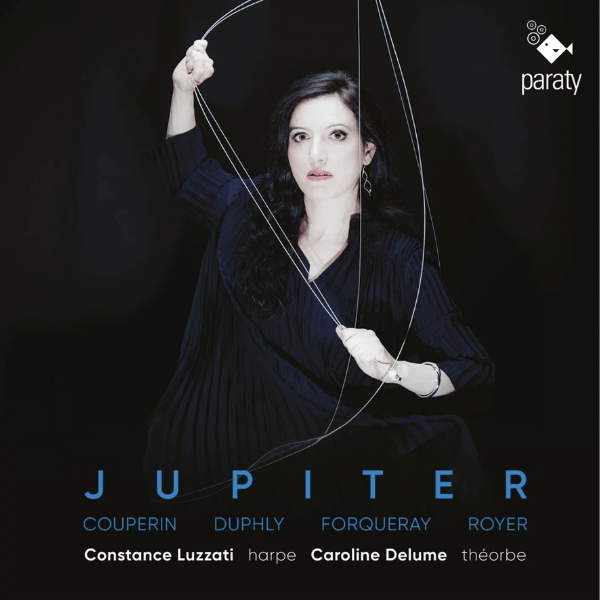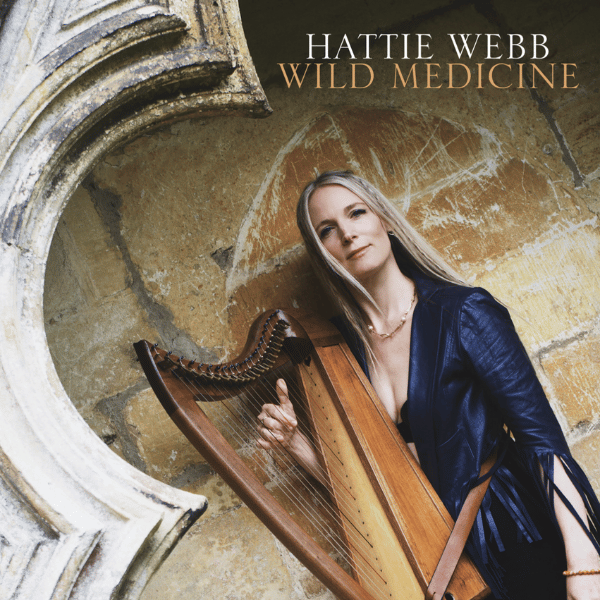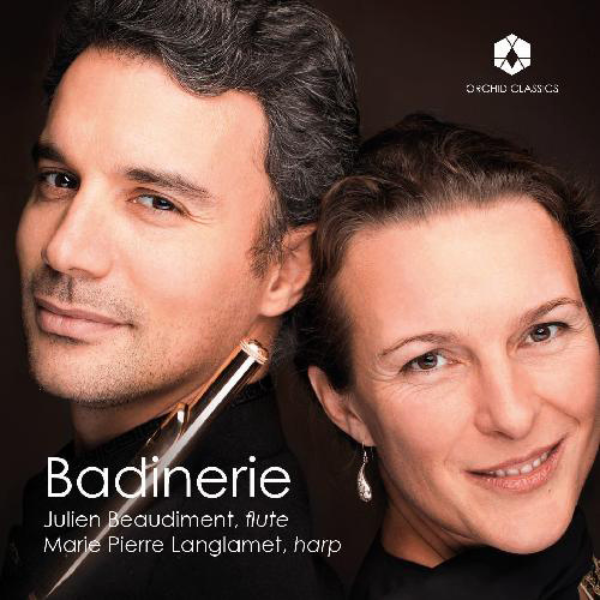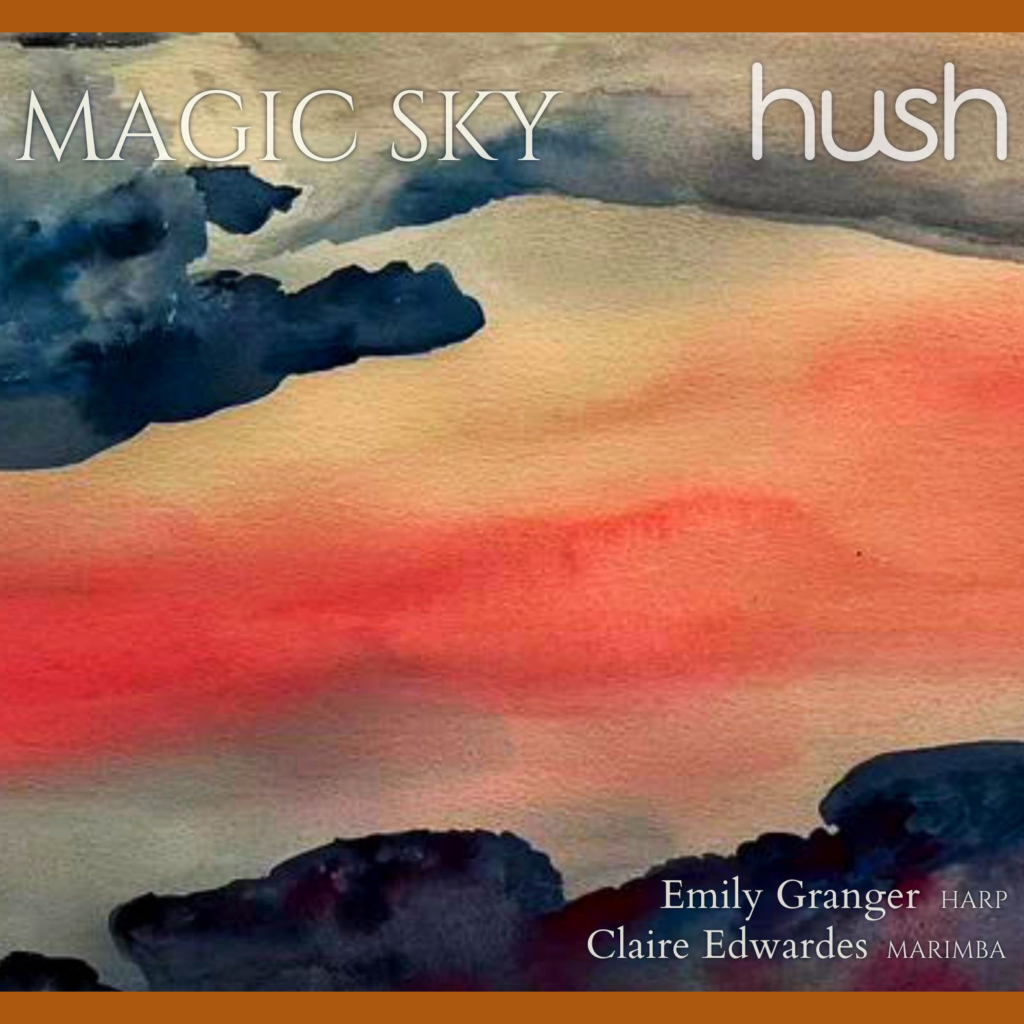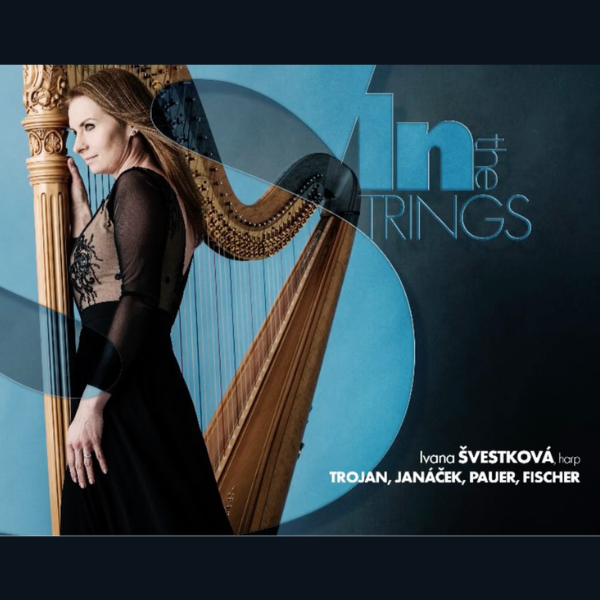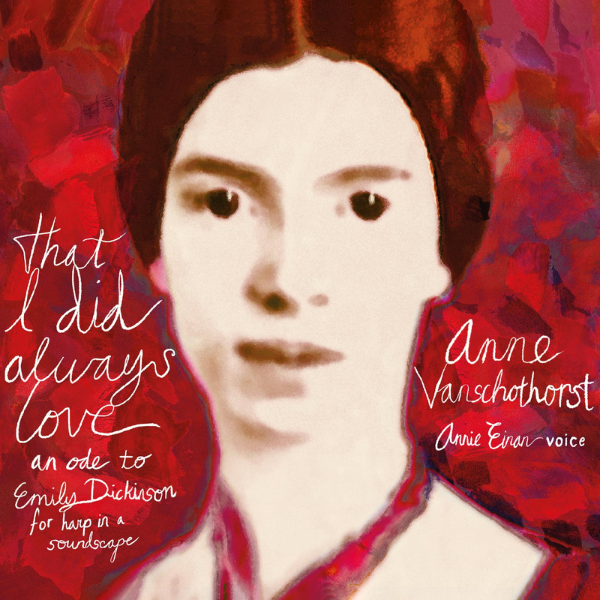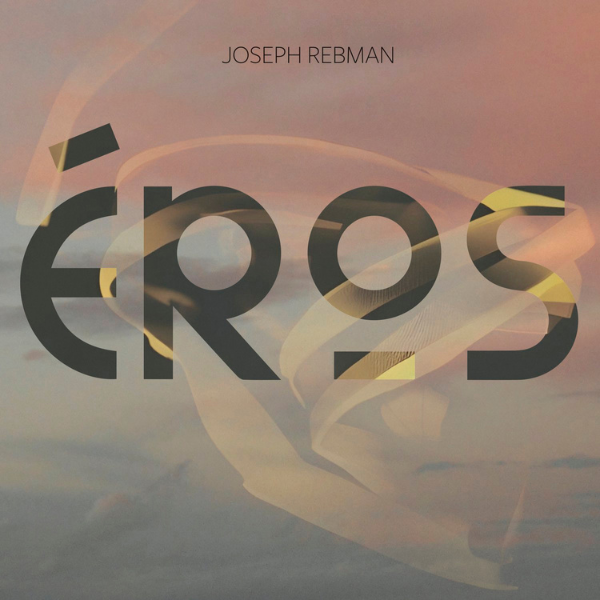
9/10
Jacqueline Kerrod, harp .Orenda Records, 2021.
What is improvisation? A quick search brings up this definition: It’s the act of composing something on the fly. Musicians improvise to demonstrate skill, develop their creativity, and push beyond what’s on the printed page. In other words, what comes up spontaneously can often broaden an artist’s imagination. And nowhere else did imagination need broadening than during the isolating period of a worldwide pandemic. But that isolation provided just an ideal space for South African harpist Jacqueline Kerrod to flex her creative muscles and bring us an improvisational odyssey in her album 17 Days in December.
Her source material to create such contrasting, varied, and imaginative improvs grew out of a wide array of experiences from the exacting standards of classical music to projects with the multi-reedist and experimental composer Anthony Braxton. Kerrod combines dazzling facility with a newly embraced zeitgeist of discovery in performance that leans into musical adventure over control.
Discovery is the end result, but Kerrod got there through control. Playing in her basement, she set a timer for 40 minutes and recorded whatever happened every day for a month. She left the harp unaltered, aside from the use of a screwdriver in the gentle, Asian-influenced ballade “December 5: Screwed,” a glass bowl in the Ligeti-esque “December 28: Glassy Fingers,” and a viola bow in the slow-moving ice field “December 29: Rust On Bow.” She allowed the use of delay, whammy, and distortion/overdrive pedals on two acoustic tracks (the mysterious meditation “December 7: Gentle Jangle” and “December 2: Fluttering Alberti,” classical technique “repurposed”), but there’s no overdubbing or looping. The result is a veritable in-the-moment recording. And, even though the album places each piece out of their original order, the disc has a through-composed quality that oddly feels controlled and planned.
Take “December 1: Trill to Begin,” a lush and enigmatic preamble of tremolo under an aggressively plucked melody with dramatic lever shifts emphasized. It draws directly from her work with Braxton where she used a continuous strum as a kind of sustaining drone. The music mesmerizes as an insistent running phrase emerges, the harp seemingly pulled apart to its extreme before a soft landing. This is followed by “December 21: Chatterbox,” where the harp metamorphoses into a new creature, an electronic mix of oscillating steel guitar and a kind of wobbly lute.
From here, the moods move into cryptic territory of minute exhortations. “December 9: Impression” in particular exemplifies Kerrod’s philosophy to let the music “be what it wants to be” and her ability to examine every possibility of even the smallest musical motive, while allowing the music to speak through her fingers. In “December 8: Sugar Up” and “December 16: Glare,” electronic manipulations titillate the senses, particularly when the harp returns in its acoustic form as in “December 13: Sunday,” the beauty of its vast sound in minimalist language calming and unexpected. Particularly hilarious is when acoustic and electronic meet, as in “December 14: Broken in 3,” a hysterical waltz played on a piano left out in the rain where all you want to do is continue pounding the sour notes over and over. In “December 17: Strummed” the harp takes on a fusion quality of Pat Metheny, soaring above the clouds. For me, this one in particular captures the purpose of the album and one Kerrod points out, to feel “joy, truth, warmth, clarity, and reverence for all the sound—including those I was taught not to make!”






